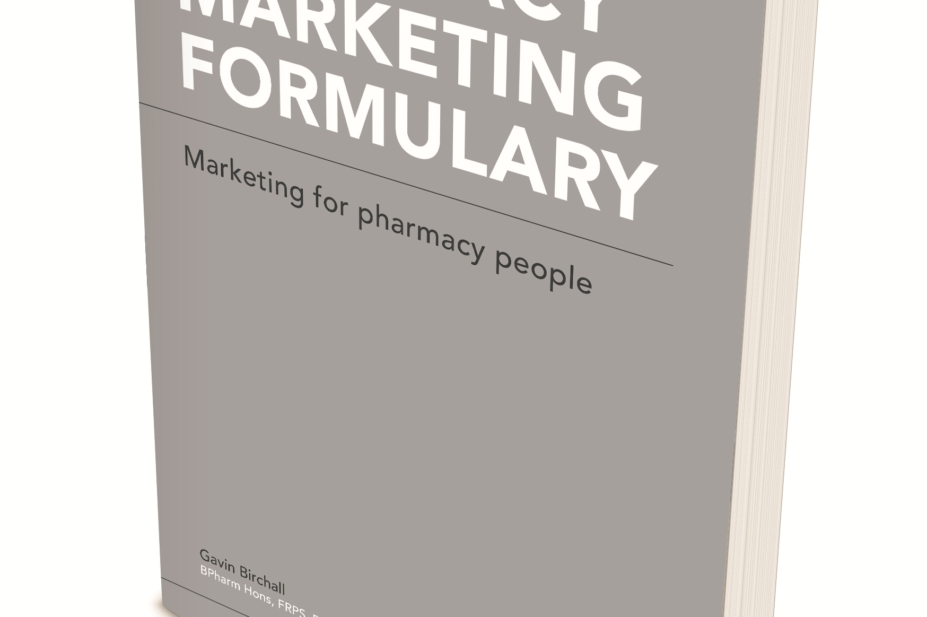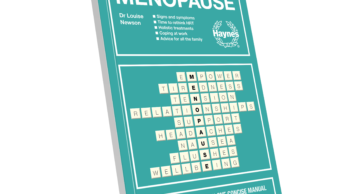
The Pharmaceutical Journal
Ever wondered how large pharmacy chains successfully market products in their pharmacies? Most will have a dedicated team of marketeers who devise strategies to ensure that sales opportunities are maximised. Independents and smaller chains are unlikely to have the same level of resources to employ marketeers; however, according to this new book by Gavin Birchall — a pharmacist and marketing expert himself — successful marketing can be easily achieved by following five simple steps: orientation and research; segmentation, targeting and positioning; goals; products; and, finally, people.
Birchall starts by introducing the reader to both the concept and context of successful marketing. Community pharmacists are healthcare professionals who operate in a commercial environment and therefore need to fully grasp the ideas involved in marketing. Birchall provides a very clear account of the topic and illustrates concepts with examples from pharmaceutics. For instance, in describing how pharmacists need to embrace new digital technologies that provide important communication channels, he cautions against becoming side-tracked into thinking that the technology itself is sufficient to deliver the marketing message. By way of an analogy, a tablet is formulated (i.e. the communication channel) to deliver an active ingredient (the marketing message). Throughout the book, Birchall uses the example of a smoking cessation service to illustrate the requirements of a successful marketing strategy, although the concepts are easily transferrable to any service or product.
Later chapters build on the introductory concepts, and the author further explores the most important areas that pharmacists will need to focus on to successfully market a product or service. For instance, he says that it is essential to ditch any preconceived ideas of what you think people want; to canvass customer opinion about a proposed new service; and to replace your own beliefs with knowledge of what customers really want. Birchall suggests how this can be achieved through the use of both qualitative research (focus groups, for example) and then quantitative research (questionnaires, for example). Community pharmacies are required to undertake an annual customer satisfaction survey, so this could be easily achievable. Using this information, pharmacists can make their first strategic marketing decisions and choose which groups they should target with their message.
The book takes pharmacists through the whole marketing process with a very readable explanation of various marketing concepts, the steps required and how, if these steps are successfully integrated, the pharmacy can achieve its aim of successfully promoting a new service.
At a time when commissioners are looking to cut back on community pharmacy services, and given the current financial climate, I think the Pharmacy Marketing Formulary will be of interest to community pharmacists.
Successful marketing can help the pharmacy profession to rebrand itself to convince not only the general public, but also those who control the NHS purse strings, that community pharmacies should become the first port of call for clinical healthcare on the high street.
Rod Tucker
References
Pharmacy Marketing Formulary: Marketing for pharmacy people by Gavin Birchall. Pp 205. £17.50: Dose Publishing Ltd (Preston), 2018. ISBN 978-1916-404-20-5


